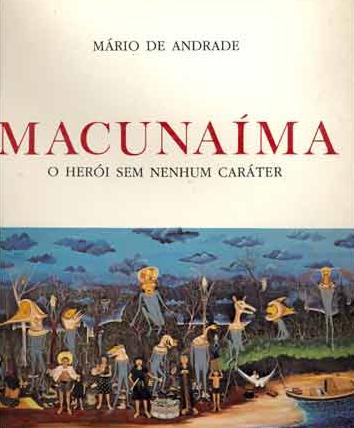For an experiment involving both acoustical and MIDI data, the German pianist Armin Fuchs made an uninterrupted recording of Satie’s Vexations, fulfilling the composer’s apparent indication that the piece should be repeated 840 times; the performance lasted nearly 28 hours.
Tempo and loudness remained stable over the first 14 hours of alertness; after 15 hours a state of trance ensued, resulting in a destabilization of tempo followed by uncontrolled deviations in loudness.
This according to “Tempo and loudness analysis of a continuous 28-hour performance of Erik Satie’s composition Vexations” by Reinhard Kopiez, Marc Bangert, Werner Goebl, and Eckart Altenmüller (Journal of new music research XXXII/3 [September 2003], pp. 243–258).
 Above, the full text of Satie’s composition. The official Satie website, which includes rare film footage, is here.
Above, the full text of Satie’s composition. The official Satie website, which includes rare film footage, is here.
Below, a brief exposition of the work.










